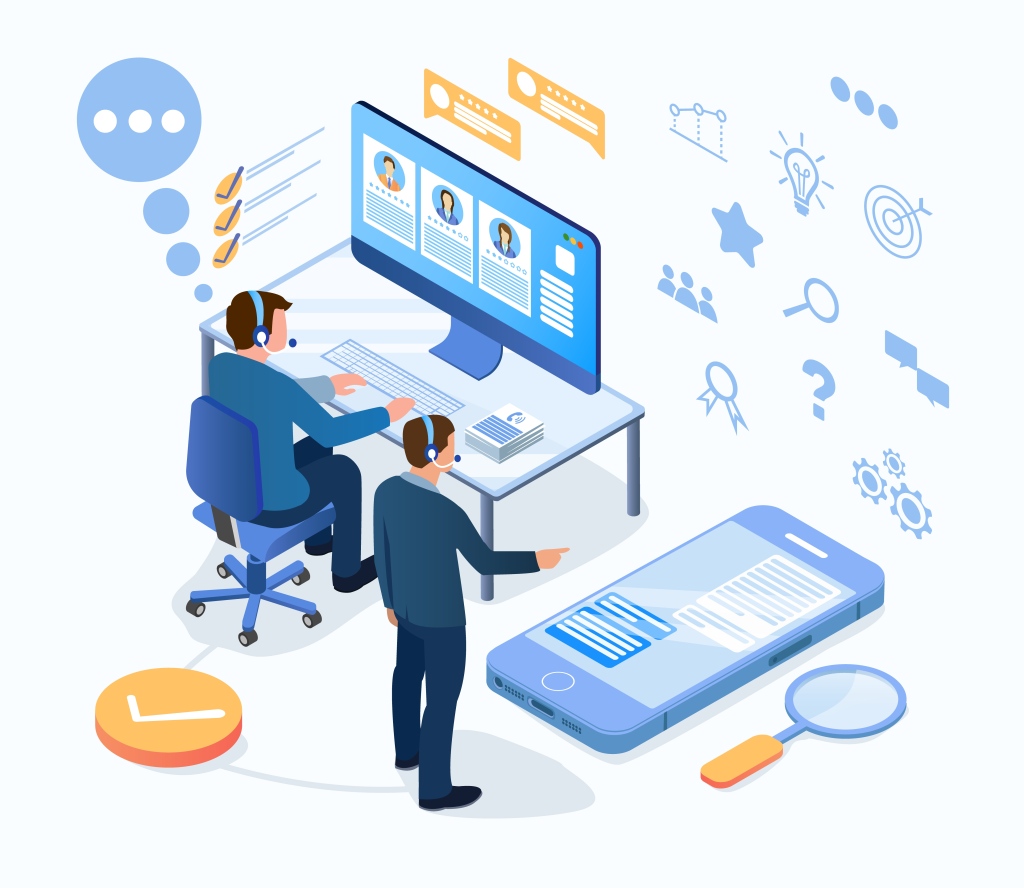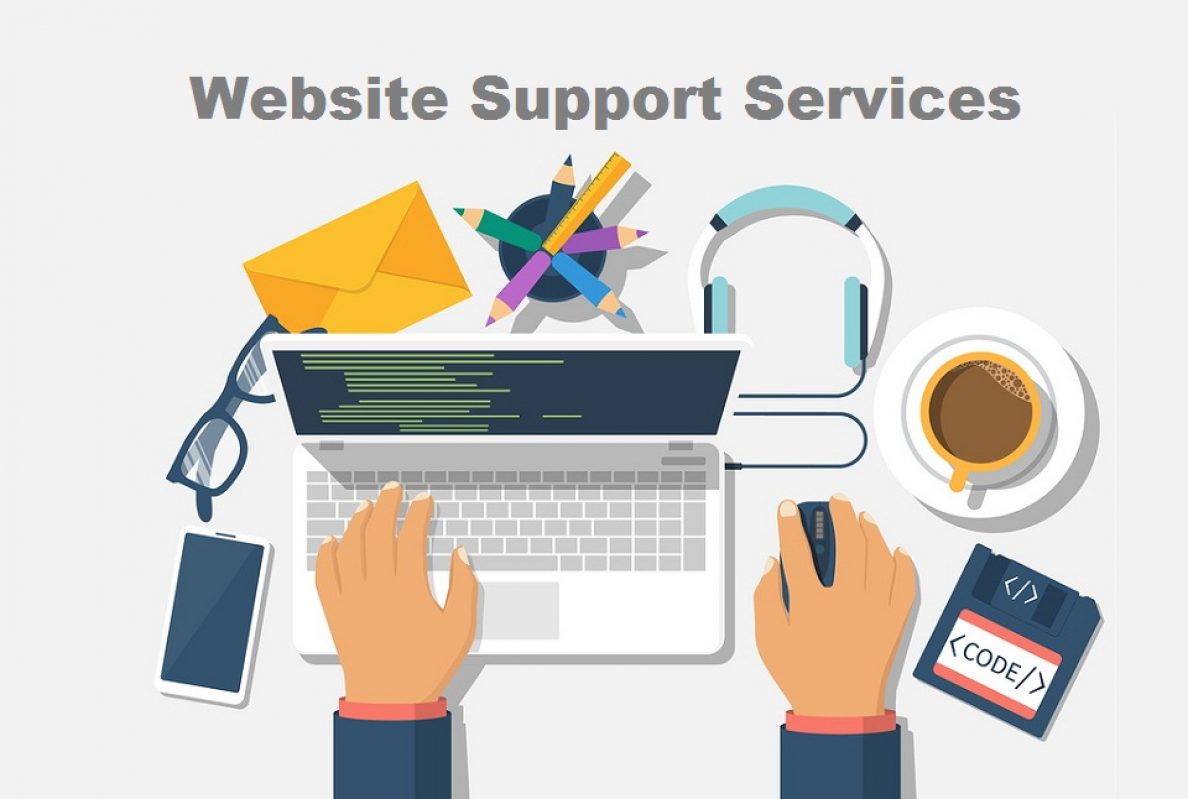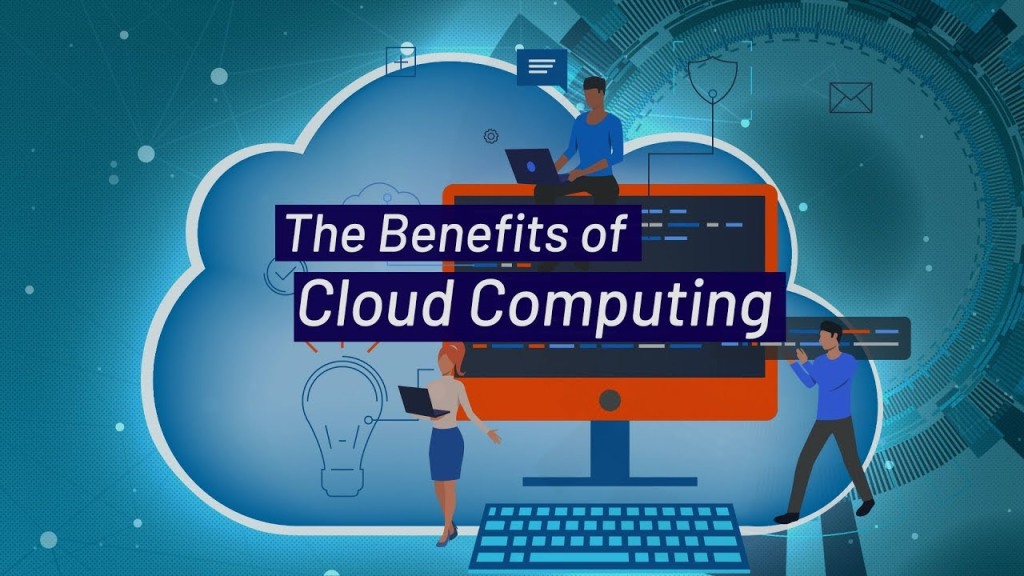In the ever-evolving landscape of IT infrastructure, businesses are increasingly relying on Network Operations Center (NOC) service providers to ensure seamless remote monitoring and management. The intricate dance of maintaining a network’s health, security, and performance demands expertise, and NOC services have emerged as the key choreographers in this complex ballet.
The Foundation: Remote Monitoring
At the heart of NOC services lies the capability to remotely monitor IT systems 24/7. NOC experts leverage advanced monitoring tools to keep a vigilant eye on network elements, servers, applications, and security systems. Real-time alerts enable them to swiftly detect anomalies, potential threats, or performance issues, minimizing downtime and ensuring continuous operation.

Proactive Issue Resolution
One of the hallmarks of effective NOC IT services is their proactive approach to issue resolution. Rather than waiting for problems to escalate, NOC teams identify and address potential issues before they impact the end-user experience. This not only enhances system reliability but also mitigates the risk of major disruptions, saving businesses both time and money.
Scalability and Flexibility
In today’s dynamic business environment, scalability and flexibility are non-negotiable. NOC service providers are adept at adapting to the changing needs of businesses. Whether it’s scaling up to accommodate increased network traffic during peak periods or implementing changes to meet evolving security requirements, NOC teams ensure that the infrastructure remains agile and responsive.
Advanced Security Measures
With cyber threats becoming more sophisticated, NOC service providers play a crucial role in fortifying network security. They implement advanced cybersecurity measures, conduct regular security audits, and respond promptly to any suspicious activities. This proactive security stance shields businesses from potential breaches and data loss, instilling confidence in clients and customers.
Efficient Resource Utilization
NOC service providers optimize resource utilization by identifying areas where improvements can be made. This includes monitoring bandwidth usage, assessing server loads, and ensuring that IT resources are allocated efficiently. By streamlining operations, businesses can achieve cost savings while maintaining optimal performance.
Real-time Reporting and Analytics
Transparent communication is vital in the realm of remote monitoring and management. NOC service providers offer real-time reporting and analytics that provide businesses with insights into network performance, security incidents, and overall system health. These comprehensive reports empower decision-makers with the information needed to enhance strategic planning and address potential challenges.
Continuous Improvement
The world of IT is ever-changing, and NOC service providers embrace a culture of continuous improvement. By staying abreast of emerging technologies, industry trends, and best practices, NOC teams ensure that the services they deliver are not only current but also forward-looking. This commitment to ongoing enhancement positions businesses to meet the challenges of tomorrow’s digital landscape.
In conclusion, the intricate dance of remote server monitoring and management is orchestrated seamlessly by NOC service providers. Their ability to navigate the complexities of IT infrastructure ensures that businesses can operate efficiently, securely, and with the agility needed to thrive in today’s fast-paced technological environment. As businesses increasingly entrust their network operations to NOC service providers, the journey towards excellence in remote monitoring and management continues to evolve, promising a future where connectivity is not just maintained but optimized for unparalleled success.










